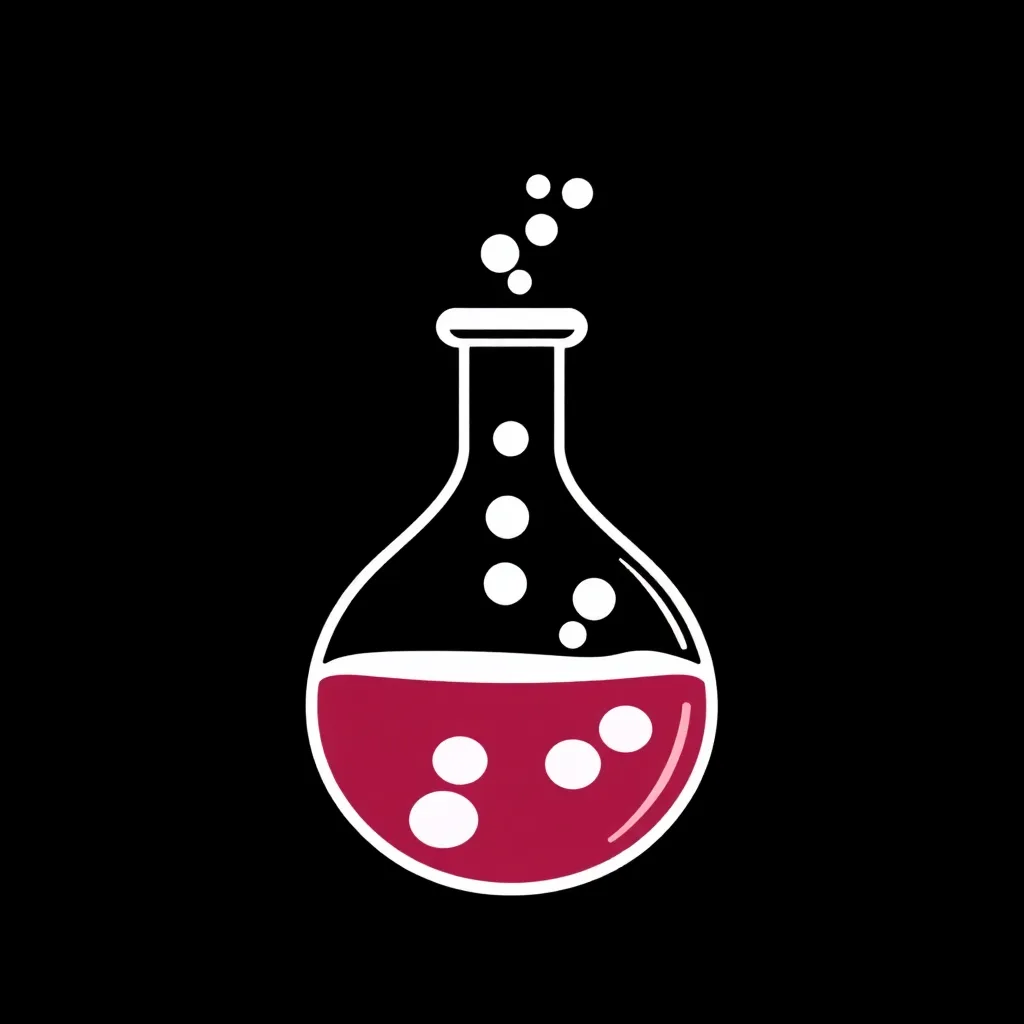
IUPAC Name Generator
Generate Accurate IUPAC Names for Chemical Compounds
IUPAC Name Generator

What is the IUPAC Name Generator?
The IUPAC Name Generator is a tool designed to automatically produce the systematic IUPAC (International Union of Pure and Applied Chemistry) name for a given chemical structure or input. This ensures standardized chemical nomenclature, crucial for clear communication and research in chemistry.
Accurate Nomenclature
Generates names adhering to IUPAC rules for reliable chemical identification.
Time-Saving Efficiency
Automates the naming process, saving time and reducing errors compared to manual methods.
Versatile Application
Suitable for researchers, students, and anyone needing to name organic and inorganic compounds.
Improved Communication
Facilitates clear and unambiguous communication of chemical compounds across disciplines.
Educational Resource
Aids in understanding IUPAC nomenclature rules by providing correct examples.
How to Use the IUPAC Name Generator
Simple steps for generating IUPAC names:
Input Chemical Structure
Provide SMILES string, InChI code, or draw the chemical structure directly.
Click 'Generate'
Initiate the IUPAC name generation process.
Review the Output
Examine the generated IUPAC name and verify its accuracy.
Use/Save the Result
Copy and use the generated IUPAC name in your research, reports, or publications.
Relation Tools

Funny Fantasy Football Names Generator
Need a hilarious and memorable name for your fantasy football team? Our generator is here to help!

Funny Name Generator
Need a hilarious name? Our Funny Name Generator will create side-splitting names for any occasion!

Dryad Name Generator
Unleash the magic and ancient wisdom with our Dryad Name Generator. Find the perfect name for your forest guardian!

Hobgoblin Name Generator
Craft fantastical and fierce hobgoblin names with our easy-to-use generator.

Path of Exile Name Generator
Struggling to name your new Exile? Generate unique and lore-friendly Path of Exile character names in seconds!

Modern City Name Generator
Craft the perfect name for your modern metropolis!

GTA Organization Name Generator
Create the perfect name for your GTA Online organization and dominate Los Santos!

Sangheili Name Generator
Generate authentic and unique Sangheili names for your characters and stories.
IUPAC Name Generator Examples
Examples of chemical structures and their corresponding generated IUPAC names:
Ethanol
Input: CCOC Output: Ethanol
Benzene
Input: c1ccccc1 Output: Benzene
Acetic Acid
Input: CC(=O)OH Output: Acetic acid
Cyclohexane
Input: C1CCCCC1 Output: Cyclohexane
Methane
Input: C Output: Methane
Water
Input: O Output: Water
Sodium Chloride
Input: [Na+] ... [Cl-] Output: Sodium chloride
Frequently Asked Questions About IUPAC Name Generation
Find answers to common questions: